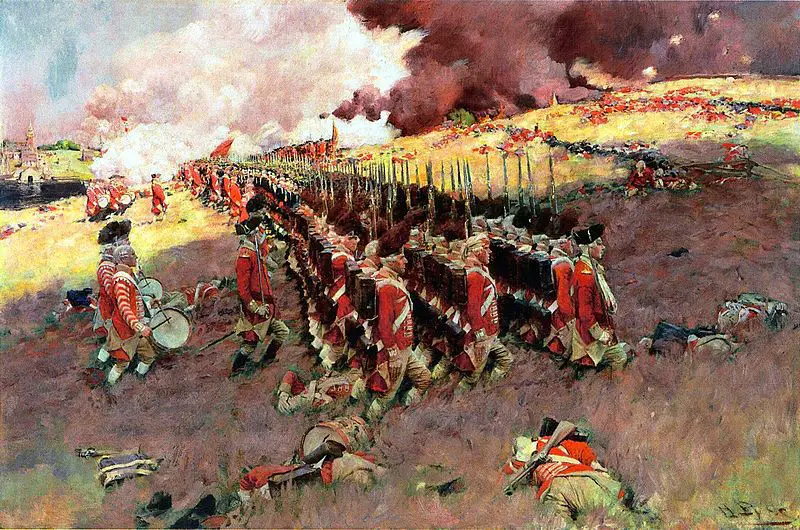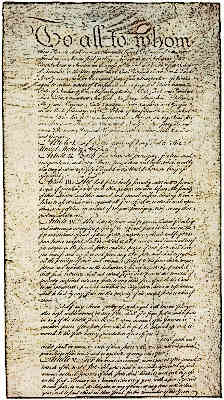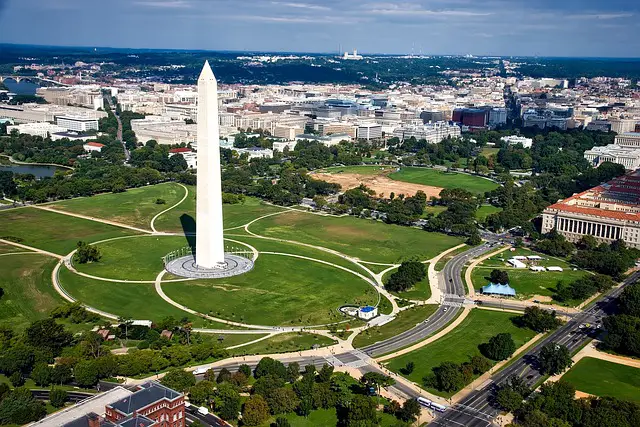Examining the Aftermath of the American Revolution
The American Revolution was a pivotal moment in history, marking the birth of a new nation and the overthrow of British rule!

However, the road to independence was long and difficult, and the aftermath of the revolution was filled with its own unique set of challenges.
In this article, we will examine the difficulties faced by the new United States in the aftermath of the American Revolution.
One of the most significant challenges was the creation of a stable government. The Articles of Confederation, the first constitution of the United States, proved to be inadequate in establishing a strong central government.
“The American Revolution was not only a war for political independence, but also a struggle to define the meaning of liberty itself.”
Gordon S. Wood, Pulitzer Prize-winning historian and author of “The Radicalism of the American Revolution.”

The country struggled to maintain order and to address issues such as trade, taxation, and defense. The Constitutional Convention was eventually called in 1787, resulting in the drafting of a new constitution that established a stronger federal government.
Defining citizenship was another challenge faced by the new United States. While the Declaration of Independence proclaimed that “all men are created equal,” the reality was that many groups, including women and enslaved people, were not granted full citizenship rights.
It took decades of struggle and activism for these groups to gain greater rights and recognition under the law.
Establishing a national identity was also a challenge in the aftermath of the revolution. The United States was a diverse collection of states with different cultures, traditions, and even languages.
“The post-revolutionary period was a time of great uncertainty and challenge, as the new nation struggled to establish a government and build a society that could fulfill the promise of the Revolution.”
Alan Taylor, Pulitzer Prize-winning historian and author of “American Revolutions: A Continental History, 1750-1804.”

The government worked to create symbols and institutions that would help to foster a sense of national identity, including the creation of the national anthem, the American flag, and national monuments such as the Washington Monument.

The aftermath of the American Revolution also had implications for the international community. The United States’ success in gaining independence inspired other anti-colonial movements around the world, leading to a shift in global power dynamics.
However, the new nation also faced the challenge of establishing diplomatic relations with other countries and asserting its place in the international community.

In conclusion, the aftermath of the American Revolution was a time of great challenges for the new United States. The difficulties in creating a stable government, defining citizenship, and establishing a national identity were just some of the obstacles faced by the country.
However, through perseverance and a commitment to progress, the United States was able to overcome these challenges and become the powerful and influential nation it is today.
“The American Revolution was a radical event that reshaped the political, social, and economic landscape of the United States. Its legacy can be seen in everything from the Constitution to the rise of industrial capitalism.”
Eric Foner, Pulitzer Prize-winning historian and author of “Reconstruction: America’s Unfinished Revolution, 1863-1877.”
- American Revolution
- 13 Things You Didn’t Know About the American Revolution
- American Revolutionary War
- Boston Massacre 10 Surprising Facts
- Declaration of Independence
- End of the American Revolution
- Examining the Aftermath of the American Revolution
- Examining the Role of Propaganda in the American Revolution and Its Impact on Public Opinion.
- General Anthony Wayne *Madman of the Revolution
- Global Impact of the American Revolution
- John Hancock
- Secrets of John André
- The American Revolution: An Economic & Political Struggle
- The Boston Massacre – How Many People Died?
- Top 10 Events of the American Revolution
- Top 10 People of the American Revolution
- What Caused the American Revolution
